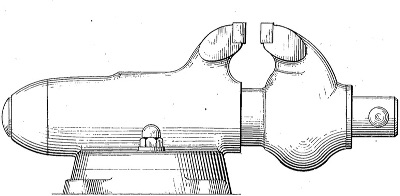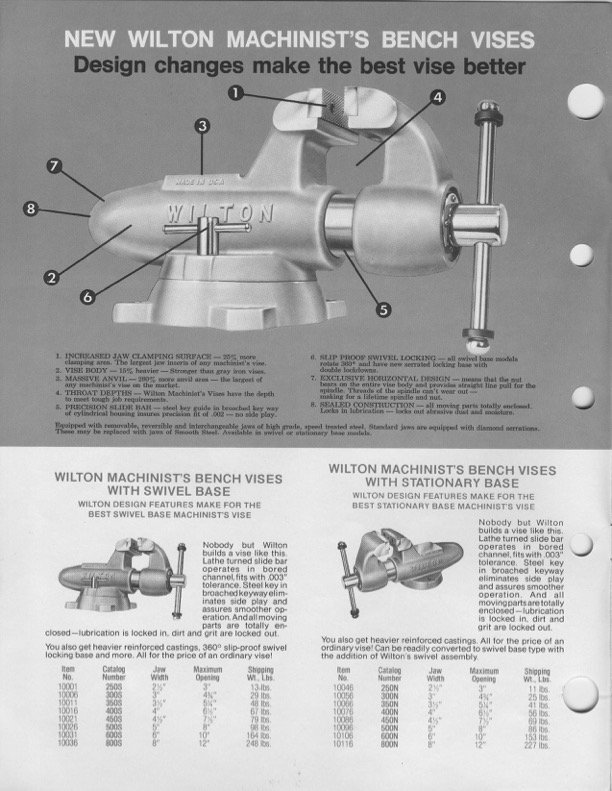The Wilton Machinist Vise, also known as Wilton Bullet Vise, is iconic, highly sought after, and has an aggressive collector’s market. Oh yeah, I hear it also makes a decent vise. How do I know this? Let me tell you a story…
The story:

I was browsing the classifieds one day and saw the post selling this made made moments earlier. I quickly messaged the seller who happened to be 10 minutes away and got an immediate response. We agreed on a price, and I headed out the door. When I arrived to pick it up, about 30mins after posting, the seller told me 13 other people had messaged him about the vice while I was driving over. I shrugged, paid (another message about the vise popped up on his phone while I scanned his Venmo QR code), loaded the rusty hunk of metal into the back, and got out of there as fast as possible before he changed his mind. That’s when I realized how aggressive the market for Wilton vises was.
What I picked up was a 4″ stationary machinist vise, model 400N, A.K.A 400, 9400, 8400. I use the term ‘picked up’ loosely, as it weighs in at about 55lbs.
The background on Wilton and the bullet vise:


Wilton began selling vises in Chicago in 1941, and in 1957 the factory relocated just outside of Chicago to Schiller Park, IL. The oldest and most sought after models have Chicago stamped on the side instead of Schiller Park.
The general styling of the bullet vise has largely been unchanged since the beginning, with only minor variations in the body’s rounded jaw shapes and tail. The main screw is completely enclosed by the tubular dynamic jaw shaft, which protects it from dirt and grime and gives the vise its iconic shape.

The models have a wide range of jaw width sizes (in inches): 2 (“Baby bullet”), 2.5 (“Toddler”), 3, 3.5, 4, 4.5, 5, 6, and 8. They range in weight from 10lbs to 250lbs. The date stamped on the bottom of the slide shows when the 5 year guarantee expires, so the date of manufacture is 5 years earlier.

Over time more models were added to the lineup, including lower cost models and other jaw designs. However, its safe to say the Bullet or Machinist is the O.G. There is a lot more detail on Wilton’s history buried in the long threads at Garage Journal.
Next up:
I’ll dig into the disassembly and restoration.


Leave a Reply